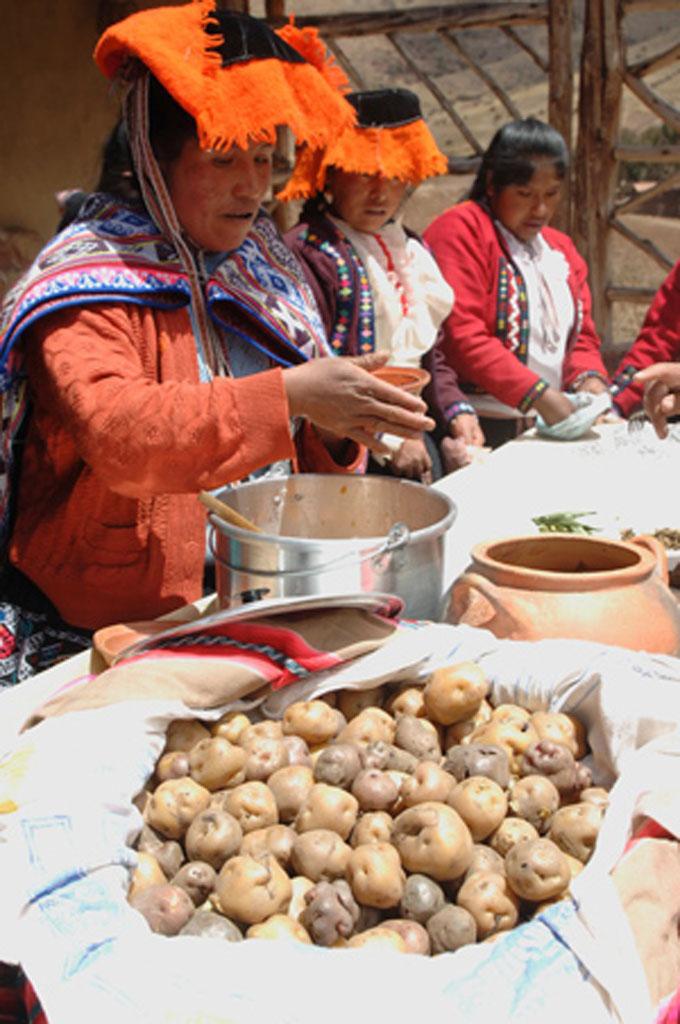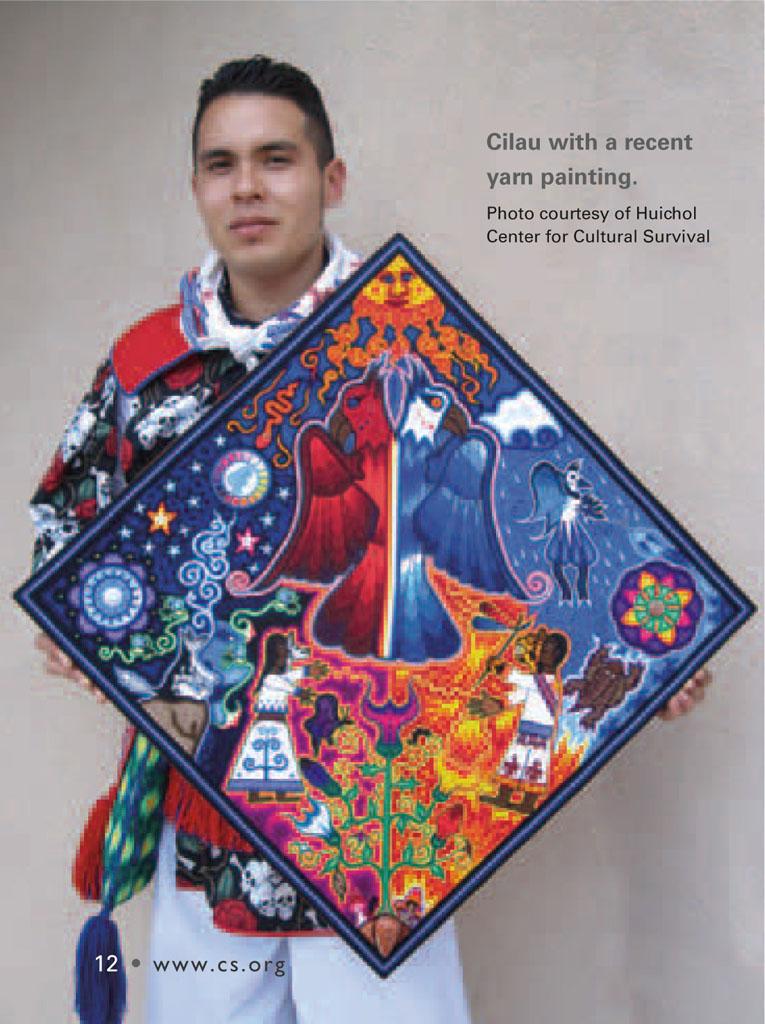 At four the morning, Quechua farmers in the high altitude Andean communities of Amaru and Paru Paru, Peru are beginning the day in their fields, or chacras. Most of them are tending to a crop representative of the Quechua diet and culture: the potato. “Our most basic food is the native potato,” says Isabella, a Quechua woman and respected elder from Amaru. In...
At four the morning, Quechua farmers in the high altitude Andean communities of Amaru and Paru Paru, Peru are beginning the day in their fields, or chacras. Most of them are tending to a crop representative of the Quechua diet and culture: the potato. “Our most basic food is the native potato,” says Isabella, a Quechua woman and respected elder from Amaru. In...
 Long before nations like Mexico, the United States, and Canada existed, my people, the Wixárika Nation (incorrectly known as Huichol), were the original inhabitants of this land. And long before we were here, our creators, Grandfather Fire, Grandmother Growth, Father Sun, the Rain Mothers, Elder Brother Deer, Brother Wind and other universal spiritual forces created the Wixárika universe. Our...
Long before nations like Mexico, the United States, and Canada existed, my people, the Wixárika Nation (incorrectly known as Huichol), were the original inhabitants of this land. And long before we were here, our creators, Grandfather Fire, Grandmother Growth, Father Sun, the Rain Mothers, Elder Brother Deer, Brother Wind and other universal spiritual forces created the Wixárika universe. Our...
Support Indigenous writers and journalists. This content is made entirely possible by loyal readers like you. Cultural Survival does not believe in paywalls. We rely on our supporters and readers to give what they can so that we can continue bringing you Indigenous-led solutions.
Our website houses close to five decades of content and publishing. Any content older than 10 years is archival and Cultural Survival does not necessarily agree with the content and word choice today.